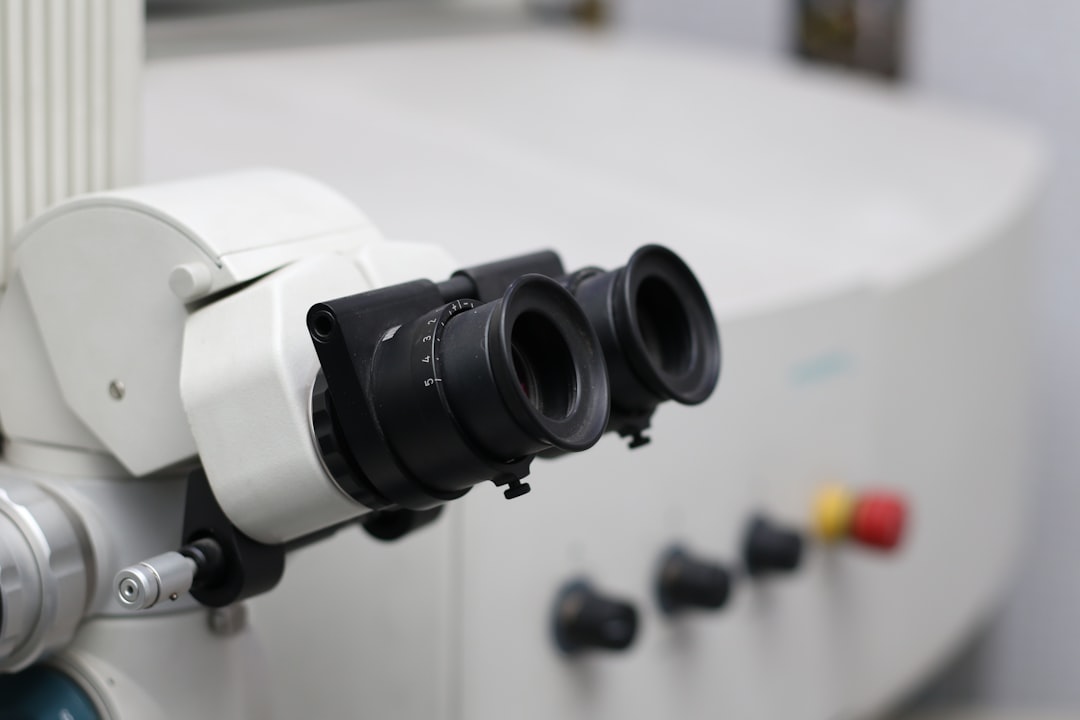What is it about?
This paper proposes an adaptive hybrid optimization algorithm that integrates decomposition and reconstruction to effectively explore the potential characteristics and related factors of wind power output and improve the accuracy of short-term wind power prediction. Taking a wind farm in northern Shaanxi as the application object, the prediction accuracy and efficiency of the methods proposed in this paper are compared in terms of the decomposition method, prediction model, and prediction timeliness. The results show that in the 15 min to 3 h forecast periods, compared with other models, the mean absolute error and root mean square error of the proposed model are increased. At the same time, as the forecast period grows, the superiority of the proposed method is more prominent.
Featured Image

Photo by Karsten Würth (➡️ @karsten.wuerth) on Unsplash
Why is it important?
The main novelties of this article are as follows: a) Applying ESMD to the data decomposition of wind power prediction, effectively extracting some nonlinear features and hidden trends in the original wind power se-quence, reducing the complexity and non-stationarity of the original sequence. b) Using PE to reconstruct the decomposed components, which enhances the periodic characteristics and reduces the calculation time. c) Using adaptive boosting (Adaboost) integrated algorithm to optimize the LSTM model to improve the prediction accuracy. d) A novel hybrid forecasting model (ESMD-PE and mRMR-LSTM-Adaboost) is proposed and used for short-term wind power forecasting in different forecast periods. A number of experiments and comparative analyses were carried out to evaluate the effectiveness of the method in different foresight
Perspectives
I hope this article can provide high-precision wind power prediction, which can provide a reference for the optimal dispatch and stable operation of the power system.
Yu Zhang
Read the Original
This page is a summary of: A novel hybrid model based on ESMD-PE and mRMR-LSTM-Adaboost for short-term wind power prediction, AIP Advances, December 2021, American Institute of Physics,
DOI: 10.1063/5.0060920.
You can read the full text:
Contributors
The following have contributed to this page










